Tea: History, Terroirs, Varieties
An illustrated guide to the world’s teas. Tea is second only to water as the most-consumed beverage in the world. When recent studies revealed green tea’s health benefits, North American consumption skyrocketed. Tea is a comprehensive guide to non-herbal tea, the plant Camellia sinensis. Concise and authoritative text and an abundance of color photographs take
An illustrated guide to the world’s teas.
Tea is second only to water as the most-consumed beverage in the world. When recent studies revealed green tea’s health benefits, North American consumption skyrocketed.
Tea is a comprehensive guide to non-herbal tea, the plant Camellia sinensis. Concise and authoritative text and an abundance of color photographs take the reader on an escorted tour of the world’s tea-growing countries: China, Japan, Taiwan, India, Sri Lanka, Nepal, Vietnam and East Africa. Like a fine wine, it is the “terroir” — a region’s soil and climate — that imparts unique characteristics to a tea.
The book covers black, green, white, yellow, oolong, pu’er, perfumed, aromatic and smoked teas. Topics include:
An overview of the history of tea Tea varieties The worldwide export of tea How tea is processed Signature tea cultivars The art of making, serving and tasting tea, including tea ceremonies Tea in cooking, with 15 recipes from gourmet chefs A directory of teas.
A set of detailed charts, tables and graphs shows the caffeine, antioxidant and other biochemical properties of 35 teas.
Tea aficionados go on organized tours of tea-growing regions, enroll in tasting seminars and earn professional certificates. For them and for the interested reader who enjoys the occasional cup, Tea is a beautifully presented homage to the world’s most beloved hot beverage.
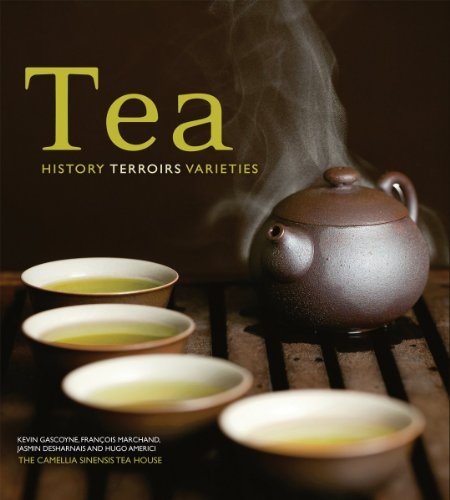
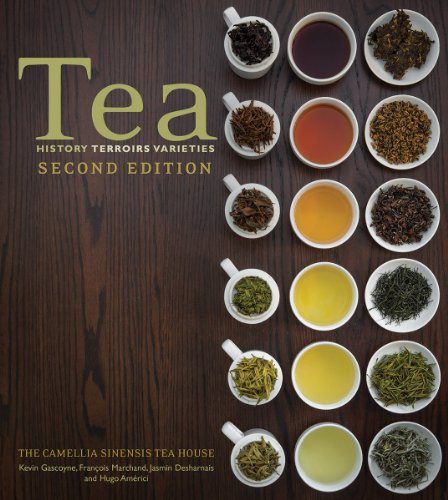
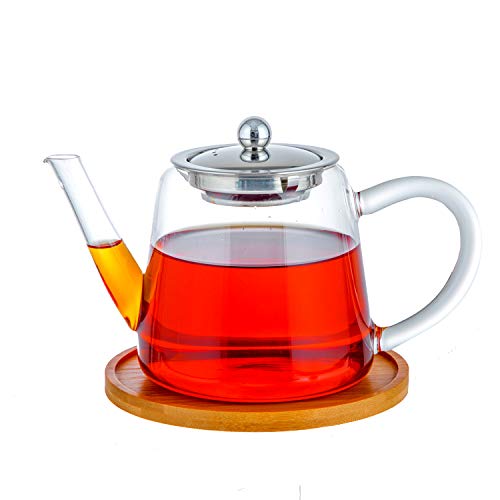



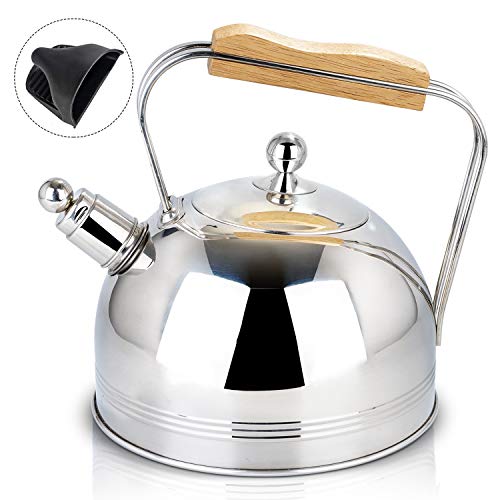
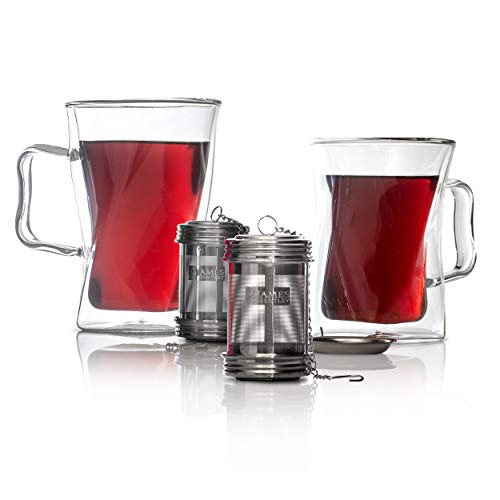

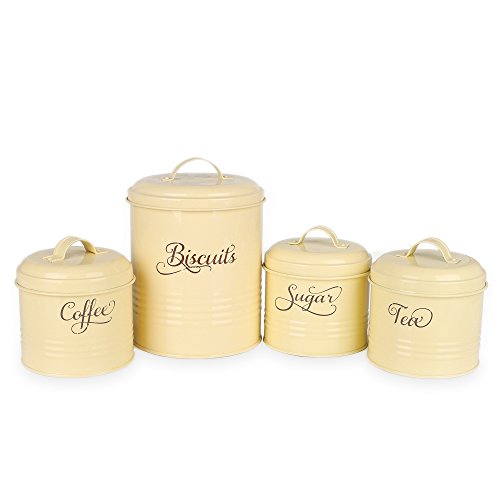

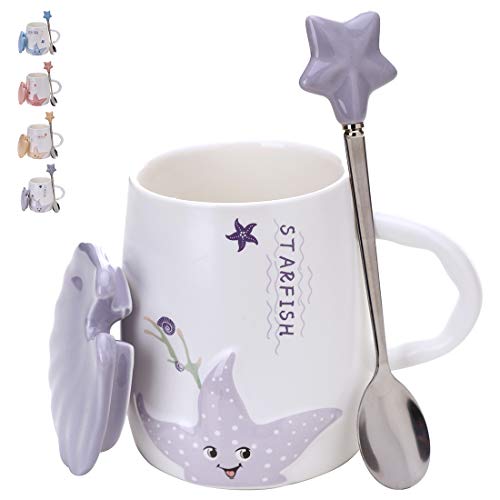
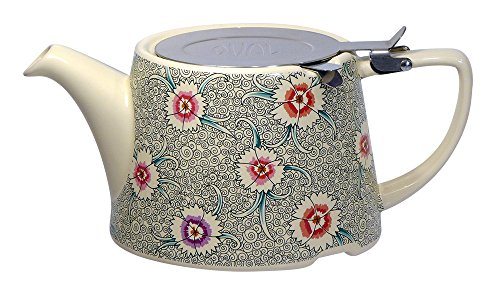
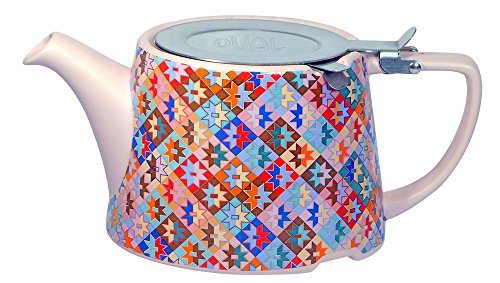
Arguably one of the best tea texts available ~ I have purchased and checked out from the library several educational books on tea. This is the book I consider one of the best.This text would be worth purchasing for the pictures and the scientific analyses contained within. The caffeine chart alone makes one ponder the myth that white and green tea have lower caffeine than wulong and black tea. Funny considering two of the highest caffeine concentrations are in Japanese green teas! What I really liked about this book was that each section seemed to contain a good amount of content on the topic without going into overkill. Production is described for each style in a very concise manner, but each step is explained so that the reader understands production even if this is the first tea book they have read. There are some tasting notes on particular teas the authors have chosen. A few are the normal teas that you see mentioned in many texts, but a few are new. They seem especially fond of Chinese and Japanese tea…
A tea education Tea is a book that does a decent job on educating a reader about tea. It contains information about the cultivation, harvesting, and from one terroir to another- which are the similar characteristics that a land and climate will give to the harvests within it. (The explanation of this could have been a little clearer in the book.) The areas covered are; China, Japan, Taiwan, India, Sri Lanka, Nepal, Vietnam, and the East African Coast. There is also information on preparing tea, tasting, the chemical components, the virtues, and in addition, the biochemical analysis of 35 teas. An index is included, along with charts on caffeine, antioxidants.This is not a simplistic book on the different ways of drinking and types of tea. It should have a glossary to help in understanding; but you can learn an enormous amount of information that is clear to anyone who loves tea and would like to find out more about it, including interviews with those who work with tea.A confirmed…